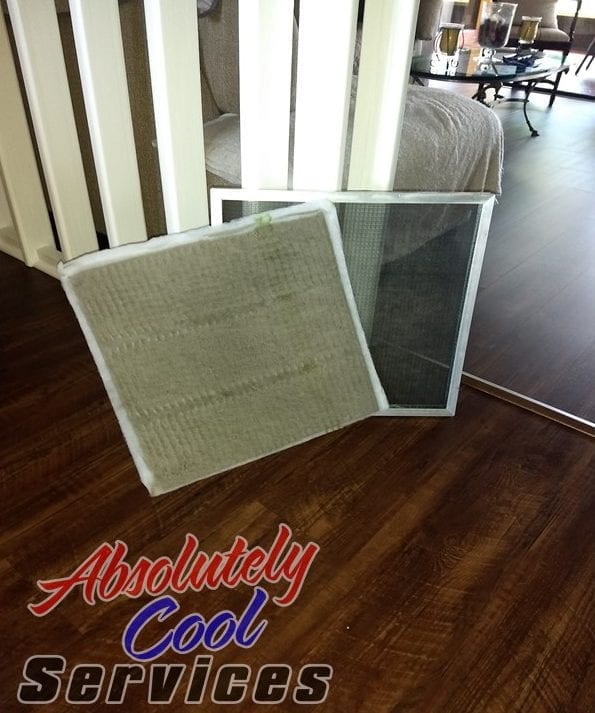
Simple Maintenance Maintains Maximum Performance
Regular maintenance on the major systems in your home, is one of the most important money-saving practices for home ownership. A maintained air conditioning system will perform more efficiently, while experiencing fewer breakdowns or repairs.
Regular Maintenance keeps quality performance up while holding operating costs down. This is the service philosophy you use with your vehicles, so why should your air conditioning equipment be any different? As utility rates continue to rise, you’ll want to get the best “mileage” out of your system by keeping it running at peak efficiency.
One of the biggest reasons homeowners tell us they often avoid routine maintenance is the expected high cost of doing so. Due to this fear, many homeowners wait until their home air conditioner won’t cool before they call their Air Conditioning service company. At this point not only do they have to typically pay more for repair or replacement than they would have for regular maintenance, but they may also find themselves waiting around on the hottest day of the year when their air conditioning company is backed up with so many other calls. Having your air conditioning system put on a yearly maintenance schedule saves time and money. Regular maintenance will pay for itself in lower repair costs and more efficient operation.
In fact, without preventative maintenance the cooling system will be prone to unnecessary and untimely breakdowns. Annual maintenance ensures:
- Manufacturer’s warranties are kept valid – most manufacturers require documentation of regular maintenance performed in order for your warranty to remain valid
- Safe performance for your home’s systems
- Equipment is running efficiently, keeping your energy costs down
- No untimely breakdown – problems are fixed before they become major expenses
- Added years of efficient use
 Preventative Maintenance Service
Preventative Maintenance Service
15-Point Checklist
- Check system for proper refrigerant charge
- Check compressor and fan amps
- Clean condenser coil
- Check capacitors
- Check contactor points
- Check thermostat operation and mounting
- Check blower amps
- Check heat strip
- Check/evaluate evaporator coil for buildup
- Check blower wheel for buildup
- Change/wash filter
- Check temperature splits
- Flush and vacuum drain line/pan and evaluate drainage
- Check float switch operation
- Check final performance and report necessary improvements
